Note: This post is part 2 of a 3 part story. You can find the first part here.
Thursday
I awoke with a sinking feeling in my stomach. Sure, I might have been a bit hungover, but this was something else. Had I forgotten to do something during yesterday’s rush of excitement? Lost Levels was today, wasn’t it? I fired up my tablet and checked the website (which at the time of this writing appears to be down).
Oh, for expletive deleted’s sake, Lost Levels was yesterday. I had missed it. Described by its organizers as a “radically-casual unconference”, Lost Levels is not officially part of GDC, but it takes place during GDC. It consists of a series of short talks on just about anything to do with gaming, though generally with an indie and alt game point of view, and anyone can sign up to make a presentation. There are no tickets and anyone can attend the event. You just have to actually make it there. I resolved to be at the next one. Then I was off to the Moscone Center.
{% pullquote Descending the escalator to GDC %}
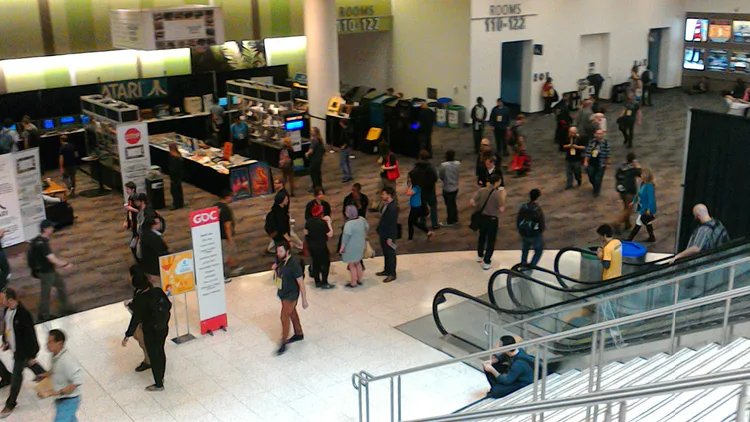
I Wanna Be a Yar: The Videogame History Museum
This time I entered the conference by way of Moscone South. As I walked through the glass doors, I noticed an enclosed area labeled “GDC Store”. My wallet began to feel hot in my pants pocket. The store must have some really cool stuff! I resisted the impulse to go spend money and headed to the escalators, although part of me knew that I’d be back later.
{% pullquote The Videogame History Museum exhibit at GDC %}
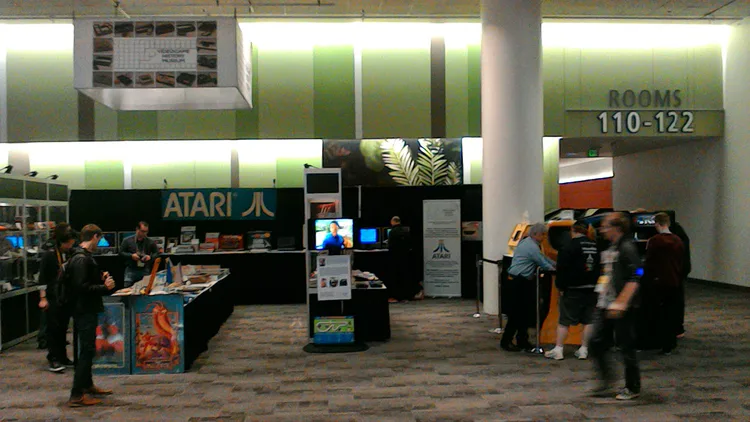
When I stepped off onto the lower level, a beautiful site was spread before me. It was the exhibit set up by the Videogame History Museum. On the left side of the exhibit was a makeshift living room area where you could sit and play an Atari 2600 that was hooked up to a cathode ray television set. Along the right side of the exhibit was a row of classic coin-op arcade cabinets; the crown jewel was a slightly battered TRON machine.
Arrayed between the TV room and the arcade were rows of glass cases filled with treasure. There were classic consoles, game cartridges, instruction manuals, and controllers. There were rare console prototypes and unreleased games. Plenty of promotional and tie-in material was on display as well, like boardgames, lunchboxes, McDonalds toys, and T-shirts. I’m old enough that an Atari 2600 was my first console, and the wealth of Atari memorabilia was nostalgiagasmic.
{% pullquote Arcade games at the Videogame History Museum exhibit %}
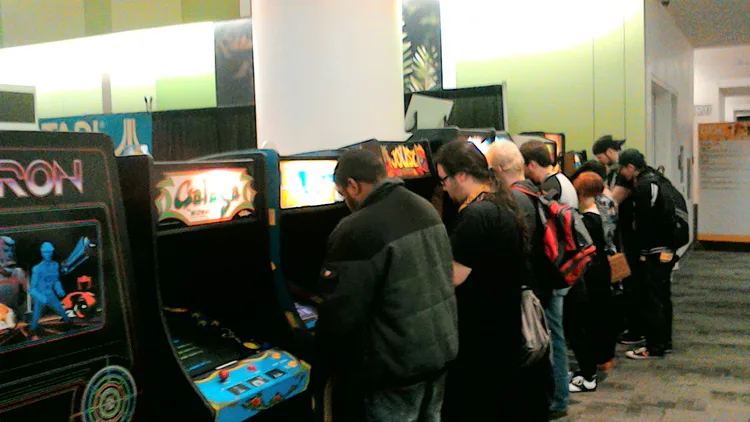
The Atari Halloween costumes were the best. Back in the early 80’s, you used to be able to buy cheap, boxed Halloween costumes licensed from all of your favorite movies, Saturday morning cartoons, and videogames. Every one of these costumes consisted of a vinyl smock and a flimsy molded plastic mask. I was E.T. one year, and I can still feel that mask scratching against my face like it was yesterday. The exhibit had costumes of a centipede from Centipede, an asteroid from Asteroids, and my favorite, the Yar from Yar’s Revenge. The young boy in that E.T. costume would have done anything to have been a Yar instead.
{% pullquote Yar’s Revenge Halloween costume %}
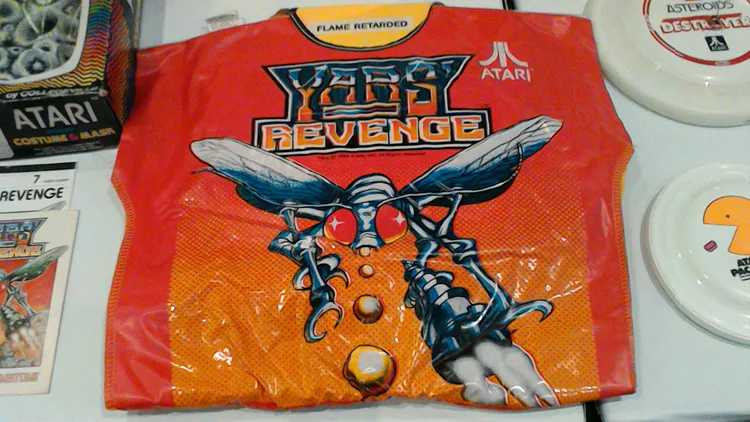
Alt Ctrl GDC
After the Videogame History Museum, I headed into a huge hall filled with an ocean of booths and tables set up by various game developers, publishers, and companies from other industries, like Nike and SpaceX(!). Many of the larger companies here were actively recruiting new employees, so it was probably a good place to make some connections if you were in the job market.
I pushed past the hubbub to an open pavilion where a herd of people were playing games using all manner of unusual devices. I had arrived at Alt Ctrl GDC, an annual exhibition dedicated to games with alternative controls. There were no games here played with a keyboard, mouse, or joypad; every game had a unique method of input created by the developers specifically to suit the game (or maybe the other way around).
{% pullquote Deluxe Turbo Racing 360 at Alt Ctrl GDC %}
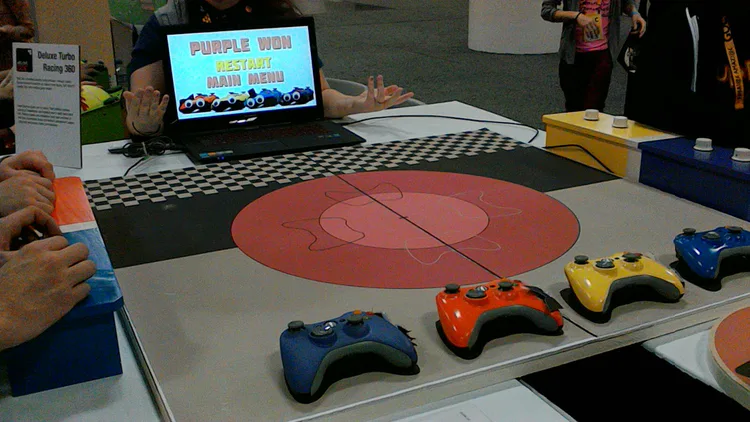
One game that attracted quite a bit of attention was Deluxe Turbo Racing 360, which used Xbox controllers not as input, but as the racers. There were four wireless controllers resting at their starting positions on the racetrack, each receiving input from a wooden box topped with a pair of knobs. Each box contained an Arduino, and each knob controlled the intensity of the vibration in a force feedback motor. By manipulating the rumbles on the right and left sides of your controller, you could clumsily maneuver your way to the goal. The controllers were each a different color, matching their boxes, and each one was adorned with googly eyes. One even wore a tiny tophat. I had a great time losing a couple of races, then spent some more time there just observing. I saw two types of races: a drag race straight to the finish line (it was very difficult to move these things in a straight line, remember), and a match that takes place on a round, raised platform; everyone starts in the middle facing out and the first one off the platform wins. Deluxe Turbo Racing 360 was a real crowd-pleaser, and there was a collective cheer at the end of every race.
{% pullquote Deluxe Turbo Racing 360 %}
Another popular game at the pavilion was Butt Sniffin’ Pugs. The premise is apparent from the title: you’re a pug and you sniff other pugs’ butts. You control your cute, little dog with a giant tennis ball that you use like a trackball. Set into the housing under the ball is the rear end of a stuffed toy dog. You can probably guess what it’s there for. This is the real butt sniffin’ experience!
{% pullquote Butt Sniffin Pugs at Alt Ctrl GDC %}

One of my favorite custom controllers on display was the DodecaLEDron, created by developer Alan Zucconi (who made the excellent 0rbitalis and the forthcoming Still Time). The device was being demonstrated as the controller for a game called Nimbatus, which was not actually made by Alan. When you use the DodecaLEDron, you do not touch it directly; you move your hands around it, close to its many-faceted surface as it pulses with inner light. People playing with it look like they are performing strange rites before an alien sculpture.
{% pullquote The DodecaLEDron and Nimbatus %}
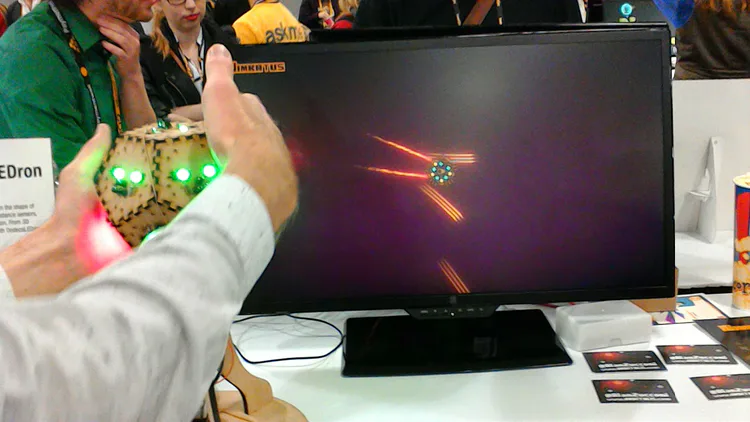
There was a cool game called Winds of Venus, which used an old-fashioned, souped up radio box controller as both input and display. It felt quite steampunk to be flipping switches and twiddling dials while I sat at the helm of a zeppelin cruising Venus’ skies.
{% pullquote Winds of Venus and the radio box controller %}
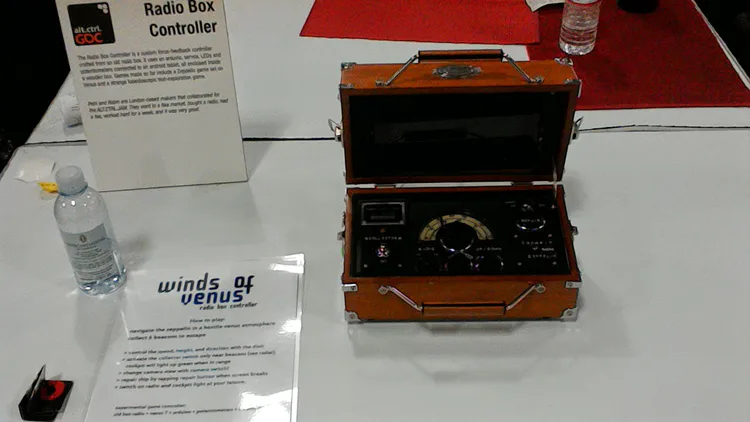
Another game that used an obsolete device as its input was What Hath God Wrought. This game essentially taught you Morse code as you used old telegraph equipment to tap out dots and dashes. The game’s title is the first public message successfully sent via telegraph by Samuel Morse himself.
{% pullquote What Hath God Wrought and the telegraph controller %}
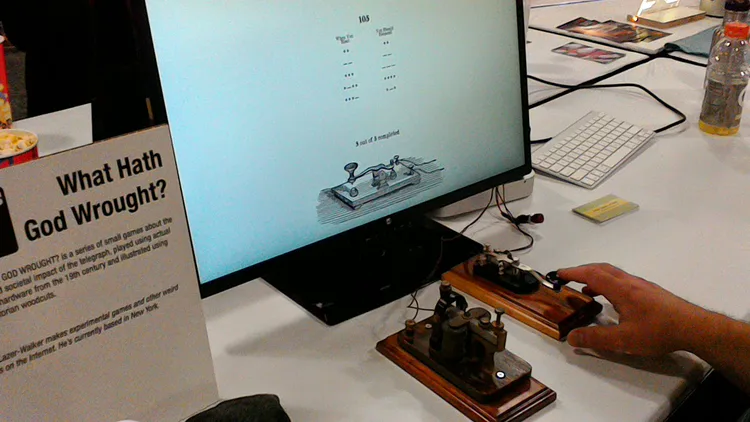
One of the most fun games at Alt Ctrl GDC was Ferdinand LaBoite, which is a 3D physics game where you attempt to help the titular character successfully walk across the room and eat a meal. As you’d expect in a physics game, this is a lot harder than it sounds. In the case of Monsieur LaBoite, this is further complicated by your method of control. His head is a box, you see, and it’s full of junk. You control him by sticking your hands into the holes cut in a box in front of you and trying to blindly manipulate the right objects, which represent, I suppose, areas of his brain. You might be surprised by a few of the things in that box. Let’s just say that old Ferdinand has other things besides food on his mind.
{% pullquote Ferdinand LaBoite %}
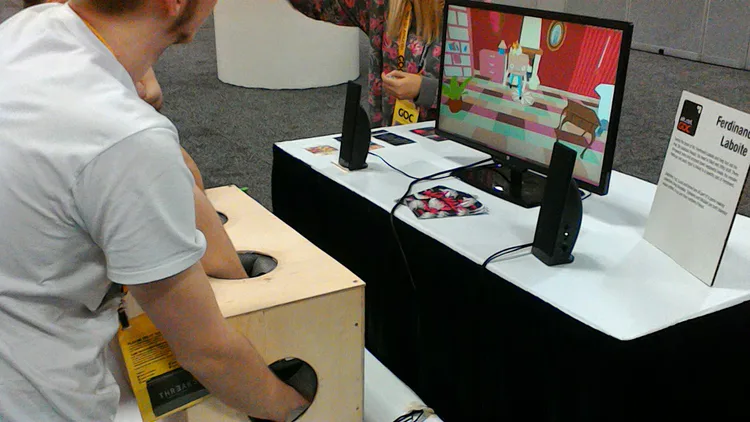
I had the pleasure of meeting Ferdinand LaBoite’s creators, Lucie Viatge, who I later realized had worked on the excellent Naut, and Armel Gibson, who has a bunch of fantastic games to his credit. I asked Armel if he was working on anything else and he pulled out a Vita, on which he loaded a build of his latest creation, Vignettes (the game is not planned for Vita, but the WIP build was running on one). This gorgeous narrative puzzler has you dragging and turning various 3D objects and trying to arrange them to reveal 2D shapes that then become different 3D objects as you turn them in another direction. Well, it’s hard to describe, but it played beautifully and felt very tactile—perfect for touch screens.
{% pullquote Armel GIbson playing Vignettes %}

Before I left the Alt Ctrl GDC Pavilion I observed a couple rounds of Keep Talking and Nobody Explodes, which is exquisitely fun to watch and looks excrutiating (but also fun) to play. It’s a 2-player co-op game where one person wears an Oculus Rift and is tasked with defusing a bomb before it goes off, while the other person reads aloud a set of absurdly complicated bomb defusal instructions from a 3-ring binder. The gameplay is tense and hilarious at the same time. Players who successfully defused a bomb were given a certificate stamped “DEFUSED” as a memento.
{% pullquote Keep Talking and Nobody Explodes %}
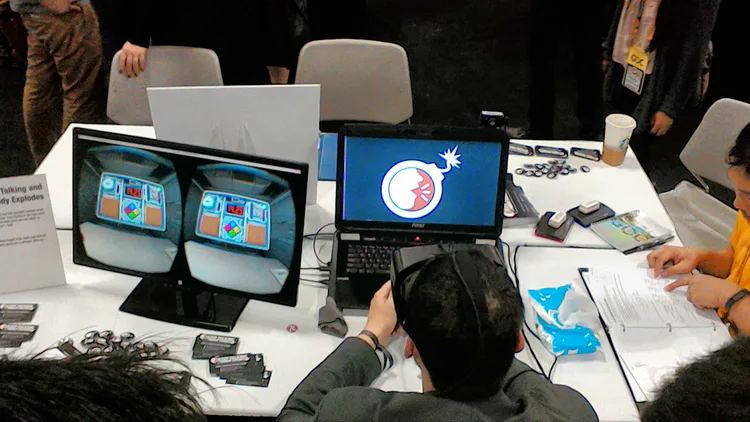
GameLoading
After the conference closed down for the day, I had dinner and then headed to the world premier screening of GameLoading: Rise of the Indies, for which I had scored a ticket. It was my first film premier, and the audience was filled with a bunch of indie gaming folks—some of whom were in the movie—so the vibe was positive and fun throughout. It was also the only movie screening I’ve attended where the audience was asked to pull out their phones and tweet during the show (as long as it was about the movie, of course). GameLoading will inevitably be compared and contrasted with Indie Game: The Movie, but it had a rather different feel to it, mainly because it jumped around the world checking in with several different developers at different places and events (such as GDC). The audience applauded as the credits rolled and footage of games made by various Kickstarter backers played alongside the scroll.
Marioke with One Life Left
That night, I had a ticket to the annual Marioke party thrown by the very English radio show and podcast One Life Left. What is Marioke, you ask? Well, it’s essentially Karaoke with familiar songs, but all of the original lyrics have been replaced with parody lyrics about videogames. I believe the new lyrics had been written by the One Life Left crew over the years; they host regular Marioke events in the U.K.
{% pullquote One Life Left’s Marioke %}
Marioke was much more game-like than regular Karakoe, especially if you weren’t familiar with the rewritten lyrics. You most likely knew the tune, but not what words were about to pop up on the screen in front of you. It was so much fun, and there was no pressure at all. It didn’t matter if you flubbed a line or couldn’t really sing; there were monitors hung around the room and the entire crowd was singing/shouting along to every song. I was hoarse before I left the bar, despite steadily lubricating my throat with beer.
I will admit that I was drunk by the end of the night. I poured myself into an Uber and made it to the hotel, and into my phenomenal bed, in one piece.
Join me for Part 3 tomorrow!
Update: Read Part 3 here!

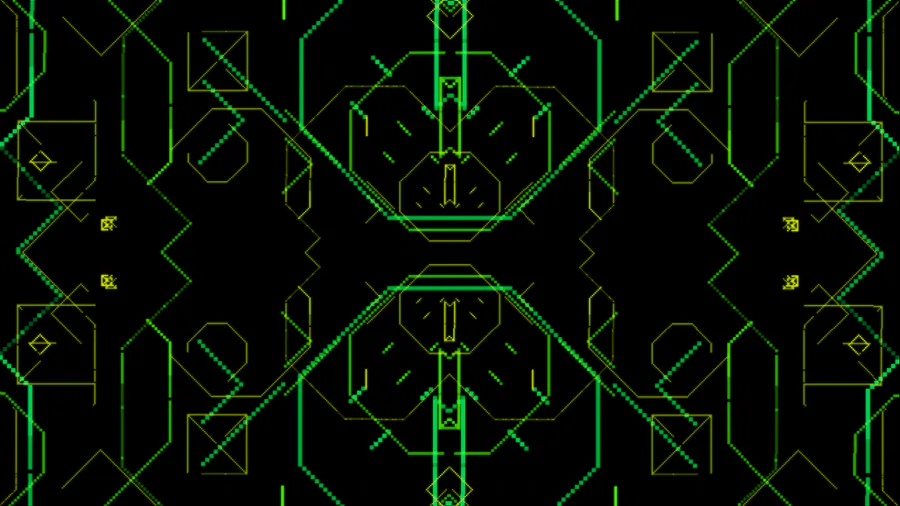

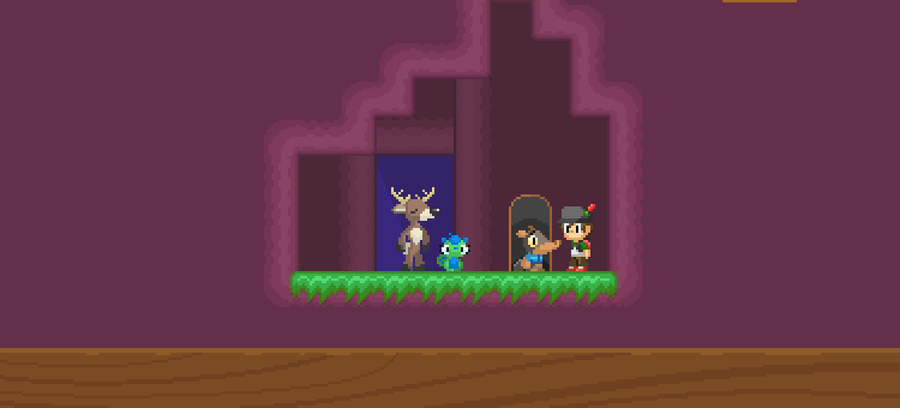
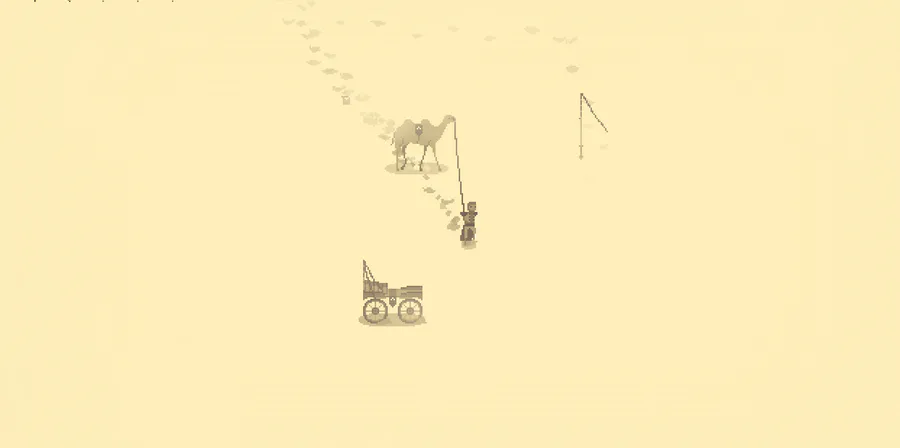



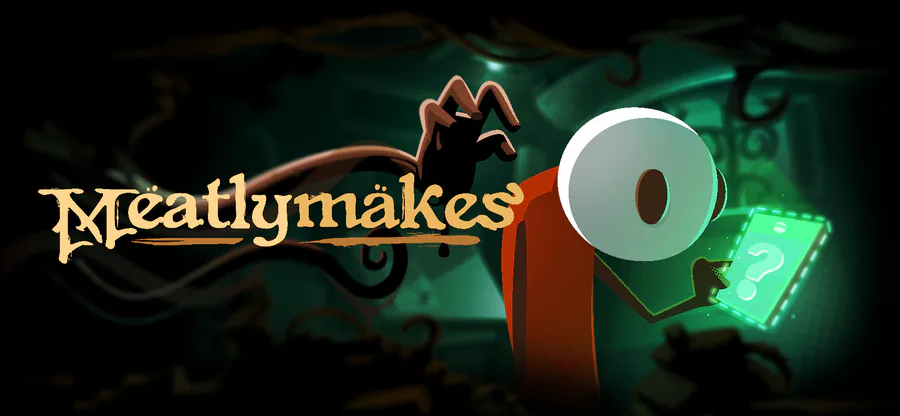
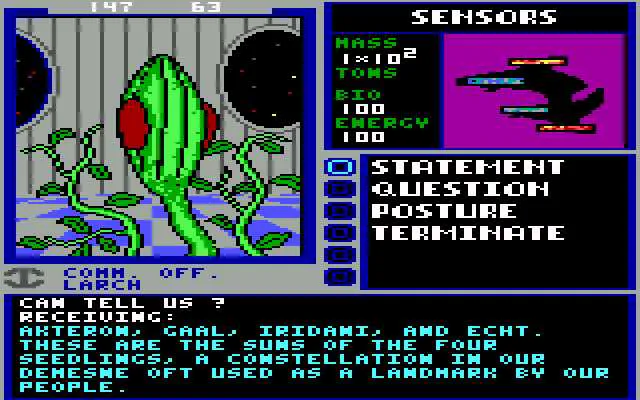

3 comments